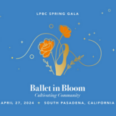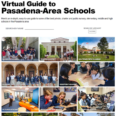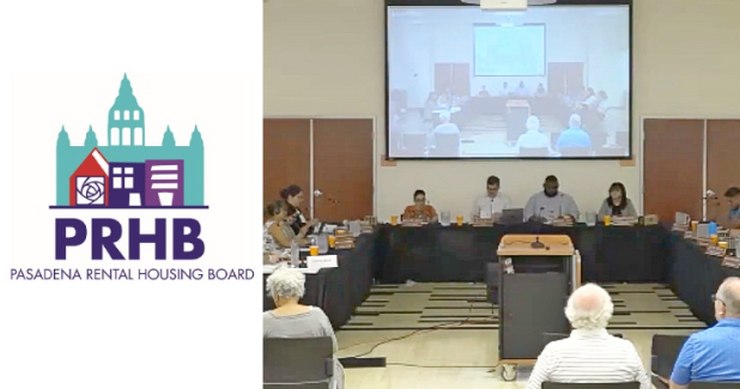
Hanaa is hunting for a blip in a vast set of data.
Although she is only a high school student, she is searching for the signal of a pulsar — a rapidly rotating neutron star that emits a beam of electromagnetic radiation like a lighthouse.
Hanaa and 19 of her fellow students at Alverno Heights Academy in Sierra Madre are participating in the Pulsar Search Collaboratory (PSC), a program that partners high school students with astronomy mentors at local universities. The mentors then train the students how to search a large data set for the signals of pulsars. The PSC, headquartered at the University of West Virginia, was established in 2007 through a grant from the National Science Foundation. As part of the grant, 300 terabytes of data collected by the West Virginia’s Green Bank Telescope were set aside for high school students to use to search for pulsars.
This is the first year that the program has been expanded to campuses outside of West Virginia, including Caltech, Cornell, Vanderbilt, and Georgia Tech. PSC collaborator Chiara Mingarelli, currently a Marie Curie Postdoctoral Fellow at Caltech, contacted the Caltech Center for Teaching, Learning, and Outreach (CTLO) for help in bringing the program to local Pasadena students.
“Chiara brought the program here, and we worked together to identify local teachers in the Pasadena area who might be interested in participating,” says Mitch Aiken, associate director for educational outreach at the CTLO. “We reached out to a number of great teachers who participate in our Community Science Events. Monica Barsever, a science teacher at Alverno Heights Academy, offered to bring this opportunity to her students and was thrilled to have them participate in the PSC. Alverno Heights Academy is an all-girls school, and as bringing more young women into STEM fields is always a goal, this was a great collaboration.”
Twenty of Barsever’s students attended online workshops, led by West Virginia University professor Maura McLaughlin (a founding member of the PSC) and National Radio Astronomy Observatory educator Sue Ann Heatherly, about the science of pulsars and to learn how to search for them. Working closely with Danny Cushey, a Caltech third-year undergraduate in astrophysics and a PSC mentor, the students received data from the Green Bank Telescope and each individual was randomly assigned a portion to study. “Caltech is a critical hub for the PSC,” says McLaughlin. “Through this partnership we can reach a diverse population of students in Southern California and make use of the incredible expertise in both astrophysics research and outreach at the university.”
Barsever’s students are no strangers to research at Caltech. Through her Independent Research in Science course, students have conducted chemistry and synthetic biology studies with Caltech researchers. The PSC offered many students their first experience to do research in astronomy and astrophysics.
As of yet, Alverno students have not discovered any pulsars, but the work will continue throughout the summer and during the next school year. In mid-July, they will travel to West Virginia to spend a week working with astronomers at the Green Bank Telescope, looking at more data.
While the experience of analyzing data is valuable for students, the results are equally important to scientists. Discovering more pulsars is particularly important to researchers like Mingarelli who study and search for gravitational waves. “My colleagues and I at NANOGrav—the North American Nanohertz Observatory of Gravitational Waves—are always looking to add more pulsars to our pulsar timing array,” Mingarelli says. “We monitor a large set of pulsars, with precise arrival times at Arecibo and the Green Bank Telescope. Low-frequency gravitational waves, likely originating from supermassive black hole binaries, pass through our galaxy and stretch and squash the fabric of spacetime. The result is that the pulses from the pulsars we time arrive at the Earth early or late in a distinctive way, which can only be caused by gravitational waves.”
“What these students are doing is real scientific research,” she says. “With a grant from the National Science Foundation, this data has been set aside specifically for them.”
On Friday, June 17, the Alverno students visited Caltech and JPL to attend a presentation by Mingarelli and meet scientists in other fields. “Going to Caltech and JPL was wonderful and a valuable experience for the girls,” Barsever says. “They really got to picture themselves in this environment doing science.”














 0 comments
0 comments


